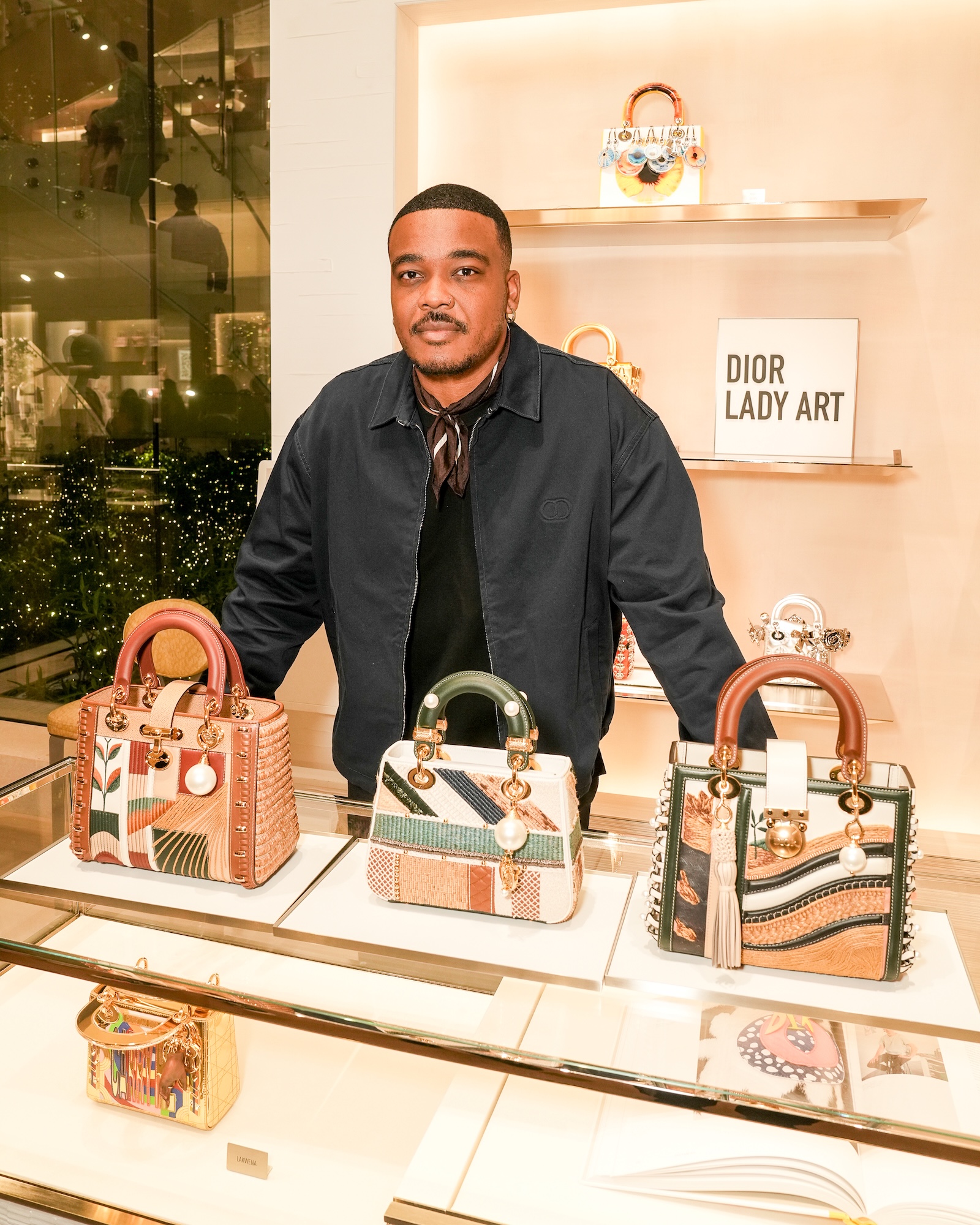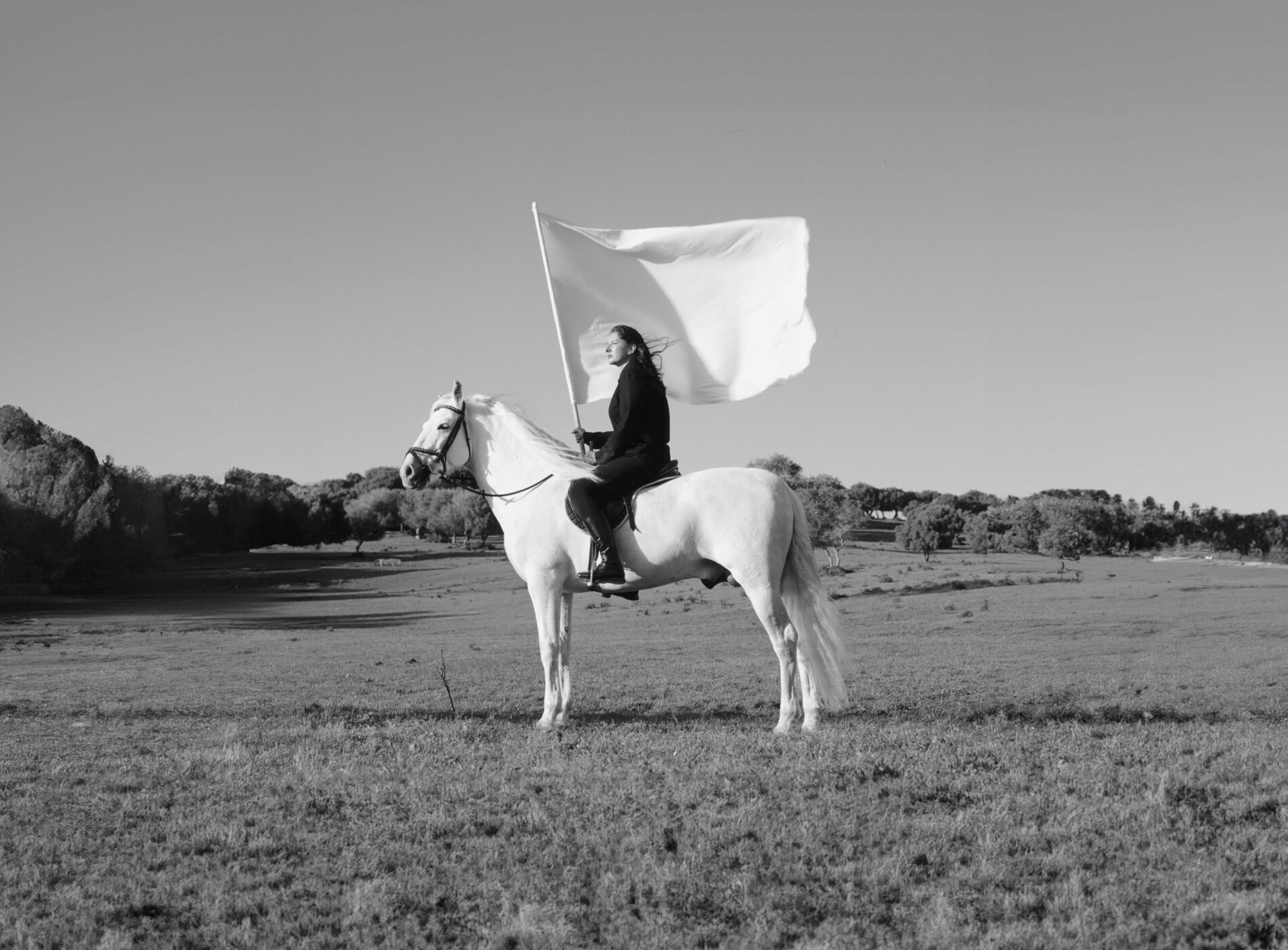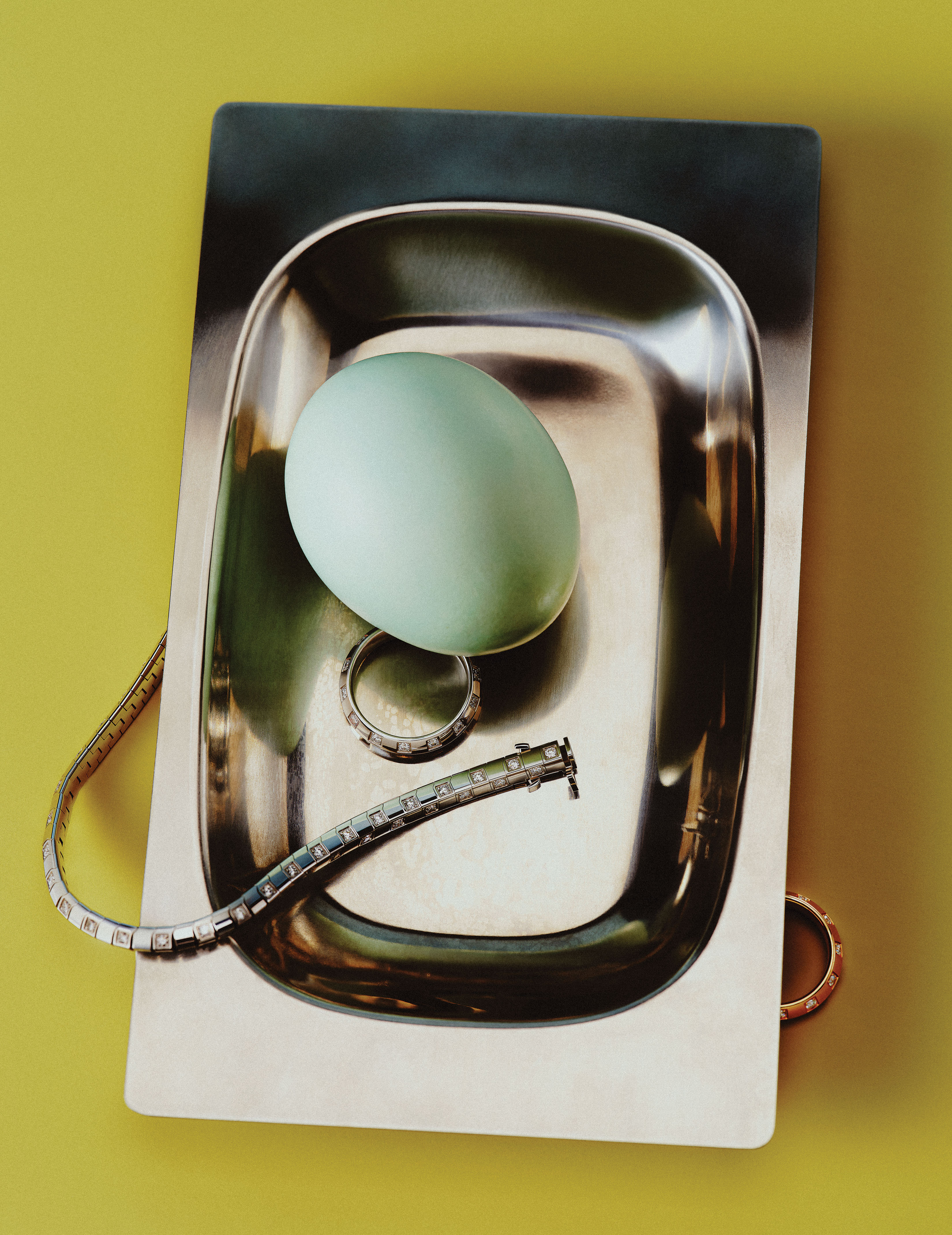

[Patricia Carr Morgan](http://s.bl-1.com/h/dclJ3wTP?url=https://www.patriciacarrmorgan.com/) is an artist whose latest series, [_i love you don’t leave me_](http://s.bl-1.com/h/dclJ31sR?url=https://www.patriciacarrmorgan.com/i-love-you-dont-leave-me)_,_ conceptualizes the drastic scope and emotionality of climate change. She looked to inspiration stemming from her trips to Greenland and Antarctica to craft multi-media forms of photography, installation, and performance art that depict imagery of the devastating loss of ice in Arctic regions.
Morgan also created an art installation with an accompanying performance element, titled _Blue Tears,_ which exhibited at the Tucson Museum of Art and is in the works to become a traveling exhibition. [You can watch a video of the installation and performance here](http://s.bl-1.com/h/dclJ35GT?url=https://www.patriciacarrmorgan.com/i-love-you-dont-leave-me#/blue-tears/).
_Flaunt_ had the opportunity to talk to Morgan about her start in photography, the inspiration behind her latest installation, and the meaning of loss.


_Antarctica, carbon-based pigments and coal particles, from Altered States_
**How did you get your start in photography?**
It was an undergraduate requirement for art majors, and I was amazed at how malleable the medium is. I was immediately experimenting in the darkroom and was always amazed at how everyone in the class could have the same assignment yet each was an individual statement. I was busy solarizing, drawing on them, and learning how size could impact the photograph. Even when doing interdisciplinary sculpture, I frequently used photography as an element.
**What made you first want to travel to Greenland and Antarctica?**
I get seasick, so ocean crossings were not high on my list. However, my family truthfully says of me that if I haven’t been there, I’ll go. So when the opportunity arose, I went with enthusiasm. Having seen many photographs of the region, I was expecting it to be beautiful but was taken by surprise with its sublime majesty. Antarctica was love at first sight for me. I have always appreciated minimal landscapes. Experiencing the unending whiteness punctuated with occasional slashes of black moraine and more shades of blue than one could imagine, I knew it was the most beautiful place I had ever seen. I wanted more, so Greenland was next.


_Greenland, carbon-based pigments and coal particles, from Altered States_
**Were climate change and environmental issues of importance to you before the creation of this installation?**
Since we first began to hear about the impact of climate change, I have been concerned and sought a way to express this through my art. It wasn’t until I went to Antarctica that I found what I had been looking for. First, my photographs reflected the beauty of the glaciers and icebergs. I discovered elegant details and I experienced the wonder I had felt while there. But my feelings gradually shifted to sorrow, and I wanted to draw attention to the glaciers’ slow disappearance. I burnt photographs, videoed a process of saving and burning, used coal, carbon pigment, and finally expired film to reflect the passage of time and the destruction of abuse.
**What kind of messages do you hope people will garner from this series?**
That we are losing something personal, something that has preserved our temperate climate. It is ending now, as there are already great migrations because of drought, homes lost due to rising water, and more people are becoming concerned about fresh water in many areas. This is personal. It is the environment that has made the Anthropocene era possible.


_Greenland, from Antarctica and Greenland Expired 2020_
**How did you come up with the idea for "Blue Tears," and why did you decide to include a performance element?**
The curator suggested that I do performances. It was a powerful enactment, for both me and the audience, in order to speak of our collective loss even more clearly. At each performance a few veils float to the ground. As the installation becomes smaller, the ocean of organza spreads beneath the diminishing “Blue Tears.” These are the tears of the glaciers, and then, the tears of some in the audience.


_Blue Tears, Installation at Tuscon Museum of Art_
**Do you think the idea of loss can transcend many boundaries?**
Loss is a universal feeling that draws on a personal experience. We can be joined in a community of mourning that strives to mitigate our common loss. In many ways, we can see small changes, we just need to give them our attention and help—through both our daily habits as well as our votes.
**How did you come up with the title _i love you don't leave me_ for the series?**
It expresses exactly how I feel. Antarctica is a magical place. As I went through my photographs and printed new details, I was continually discovering more, it was like building a friendship. It is a loss I feel acutely. I think of the tundra and black beaches that lead to the Bering Sea and the people who have lived there for centuries, of island civilizations, Florida, New York City, and with longing, the giant sequoia—all of it is intertwined.


_Greenland, 2015-2016, from Ice Greenland & Antarctica_
**What do you want to explore in the future of your career? Would you want to explore the themes of climate change further?**
Addressing climate change is a work that I don’t see ending. What form it will take is always a work in progress.
 
[Patricia Carr Morgan](http://s.bl-1.com/h/dclJ3wTP?url=https://www.patriciacarrmorgan.com/) is an artist whose latest series, [_i love you don’t leave me_](http://s.bl-1.com/h/dclJ31sR?url=https://www.patriciacarrmorgan.com/i-love-you-dont-leave-me)_,_ conceptualizes the drastic scope and emotionality of climate change. She looked to inspiration stemming from her trips to Greenland and Antarctica to craft multi-media forms of photography, installation, and performance art that depict imagery of the devastating loss of ice in Arctic regions.
Morgan also created an art installation with an accompanying performance element, titled _Blue Tears,_ which exhibited at the Tucson Museum of Art and is in the works to become a traveling exhibition. [You can watch a video of the installation and performance here](http://s.bl-1.com/h/dclJ35GT?url=https://www.patriciacarrmorgan.com/i-love-you-dont-leave-me#/blue-tears/).
_Flaunt_ had the opportunity to talk to Morgan about her start in photography, the inspiration behind her latest installation, and the meaning of loss.

[Patricia Carr Morgan](http://s.bl-1.com/h/dclJ3wTP?url=https://www.patriciacarrmorgan.com/) is an artist whose latest series, [_i love you don’t leave me_](http://s.bl-1.com/h/dclJ31sR?url=https://www.patriciacarrmorgan.com/i-love-you-dont-leave-me)_,_ conceptualizes the drastic scope and emotionality of climate change. She looked to inspiration stemming from her trips to Greenland and Antarctica to craft multi-media forms of photography, installation, and performance art that depict imagery of the devastating loss of ice in Arctic regions.
Morgan also created an art installation with an accompanying performance element, titled _Blue Tears,_ which exhibited at the Tucson Museum of Art and is in the works to become a traveling exhibition. [You can watch a video of the installation and performance here](http://s.bl-1.com/h/dclJ35GT?url=https://www.patriciacarrmorgan.com/i-love-you-dont-leave-me#/blue-tears/).
_Flaunt_ had the opportunity to talk to Morgan about her start in photography, the inspiration behind her latest installation, and the meaning of loss.
 
_Antarctica, carbon-based pigments and coal particles, from Altered States_
**How did you get your start in photography?**
It was an undergraduate requirement for art majors, and I was amazed at how malleable the medium is. I was immediately experimenting in the darkroom and was always amazed at how everyone in the class could have the same assignment yet each was an individual statement. I was busy solarizing, drawing on them, and learning how size could impact the photograph. Even when doing interdisciplinary sculpture, I frequently used photography as an element.
**What made you first want to travel to Greenland and Antarctica?**
I get seasick, so ocean crossings were not high on my list. However, my family truthfully says of me that if I haven’t been there, I’ll go. So when the opportunity arose, I went with enthusiasm. Having seen many photographs of the region, I was expecting it to be beautiful but was taken by surprise with its sublime majesty. Antarctica was love at first sight for me. I have always appreciated minimal landscapes. Experiencing the unending whiteness punctuated with occasional slashes of black moraine and more shades of blue than one could imagine, I knew it was the most beautiful place I had ever seen. I wanted more, so Greenland was next.

_Antarctica, carbon-based pigments and coal particles, from Altered States_
**How did you get your start in photography?**
It was an undergraduate requirement for art majors, and I was amazed at how malleable the medium is. I was immediately experimenting in the darkroom and was always amazed at how everyone in the class could have the same assignment yet each was an individual statement. I was busy solarizing, drawing on them, and learning how size could impact the photograph. Even when doing interdisciplinary sculpture, I frequently used photography as an element.
**What made you first want to travel to Greenland and Antarctica?**
I get seasick, so ocean crossings were not high on my list. However, my family truthfully says of me that if I haven’t been there, I’ll go. So when the opportunity arose, I went with enthusiasm. Having seen many photographs of the region, I was expecting it to be beautiful but was taken by surprise with its sublime majesty. Antarctica was love at first sight for me. I have always appreciated minimal landscapes. Experiencing the unending whiteness punctuated with occasional slashes of black moraine and more shades of blue than one could imagine, I knew it was the most beautiful place I had ever seen. I wanted more, so Greenland was next.
 
_Greenland, carbon-based pigments and coal particles, from Altered States_
**Were climate change and environmental issues of importance to you before the creation of this installation?**
Since we first began to hear about the impact of climate change, I have been concerned and sought a way to express this through my art. It wasn’t until I went to Antarctica that I found what I had been looking for. First, my photographs reflected the beauty of the glaciers and icebergs. I discovered elegant details and I experienced the wonder I had felt while there. But my feelings gradually shifted to sorrow, and I wanted to draw attention to the glaciers’ slow disappearance. I burnt photographs, videoed a process of saving and burning, used coal, carbon pigment, and finally expired film to reflect the passage of time and the destruction of abuse.
**What kind of messages do you hope people will garner from this series?**
That we are losing something personal, something that has preserved our temperate climate. It is ending now, as there are already great migrations because of drought, homes lost due to rising water, and more people are becoming concerned about fresh water in many areas. This is personal. It is the environment that has made the Anthropocene era possible.

_Greenland, carbon-based pigments and coal particles, from Altered States_
**Were climate change and environmental issues of importance to you before the creation of this installation?**
Since we first began to hear about the impact of climate change, I have been concerned and sought a way to express this through my art. It wasn’t until I went to Antarctica that I found what I had been looking for. First, my photographs reflected the beauty of the glaciers and icebergs. I discovered elegant details and I experienced the wonder I had felt while there. But my feelings gradually shifted to sorrow, and I wanted to draw attention to the glaciers’ slow disappearance. I burnt photographs, videoed a process of saving and burning, used coal, carbon pigment, and finally expired film to reflect the passage of time and the destruction of abuse.
**What kind of messages do you hope people will garner from this series?**
That we are losing something personal, something that has preserved our temperate climate. It is ending now, as there are already great migrations because of drought, homes lost due to rising water, and more people are becoming concerned about fresh water in many areas. This is personal. It is the environment that has made the Anthropocene era possible.
 
_Greenland, from Antarctica and Greenland Expired 2020_
**How did you come up with the idea for "Blue Tears," and why did you decide to include a performance element?**
The curator suggested that I do performances. It was a powerful enactment, for both me and the audience, in order to speak of our collective loss even more clearly. At each performance a few veils float to the ground. As the installation becomes smaller, the ocean of organza spreads beneath the diminishing “Blue Tears.” These are the tears of the glaciers, and then, the tears of some in the audience.

_Greenland, from Antarctica and Greenland Expired 2020_
**How did you come up with the idea for "Blue Tears," and why did you decide to include a performance element?**
The curator suggested that I do performances. It was a powerful enactment, for both me and the audience, in order to speak of our collective loss even more clearly. At each performance a few veils float to the ground. As the installation becomes smaller, the ocean of organza spreads beneath the diminishing “Blue Tears.” These are the tears of the glaciers, and then, the tears of some in the audience.
 
_Blue Tears, Installation at Tuscon Museum of Art_
**Do you think the idea of loss can transcend many boundaries?**
Loss is a universal feeling that draws on a personal experience. We can be joined in a community of mourning that strives to mitigate our common loss. In many ways, we can see small changes, we just need to give them our attention and help—through both our daily habits as well as our votes.
**How did you come up with the title _i love you don't leave me_ for the series?**
It expresses exactly how I feel. Antarctica is a magical place. As I went through my photographs and printed new details, I was continually discovering more, it was like building a friendship. It is a loss I feel acutely. I think of the tundra and black beaches that lead to the Bering Sea and the people who have lived there for centuries, of island civilizations, Florida, New York City, and with longing, the giant sequoia—all of it is intertwined.

_Blue Tears, Installation at Tuscon Museum of Art_
**Do you think the idea of loss can transcend many boundaries?**
Loss is a universal feeling that draws on a personal experience. We can be joined in a community of mourning that strives to mitigate our common loss. In many ways, we can see small changes, we just need to give them our attention and help—through both our daily habits as well as our votes.
**How did you come up with the title _i love you don't leave me_ for the series?**
It expresses exactly how I feel. Antarctica is a magical place. As I went through my photographs and printed new details, I was continually discovering more, it was like building a friendship. It is a loss I feel acutely. I think of the tundra and black beaches that lead to the Bering Sea and the people who have lived there for centuries, of island civilizations, Florida, New York City, and with longing, the giant sequoia—all of it is intertwined.
 
_Greenland, 2015-2016, from Ice Greenland & Antarctica_
**What do you want to explore in the future of your career? Would you want to explore the themes of climate change further?**
Addressing climate change is a work that I don’t see ending. What form it will take is always a work in progress.

_Greenland, 2015-2016, from Ice Greenland & Antarctica_
**What do you want to explore in the future of your career? Would you want to explore the themes of climate change further?**
Addressing climate change is a work that I don’t see ending. What form it will take is always a work in progress.


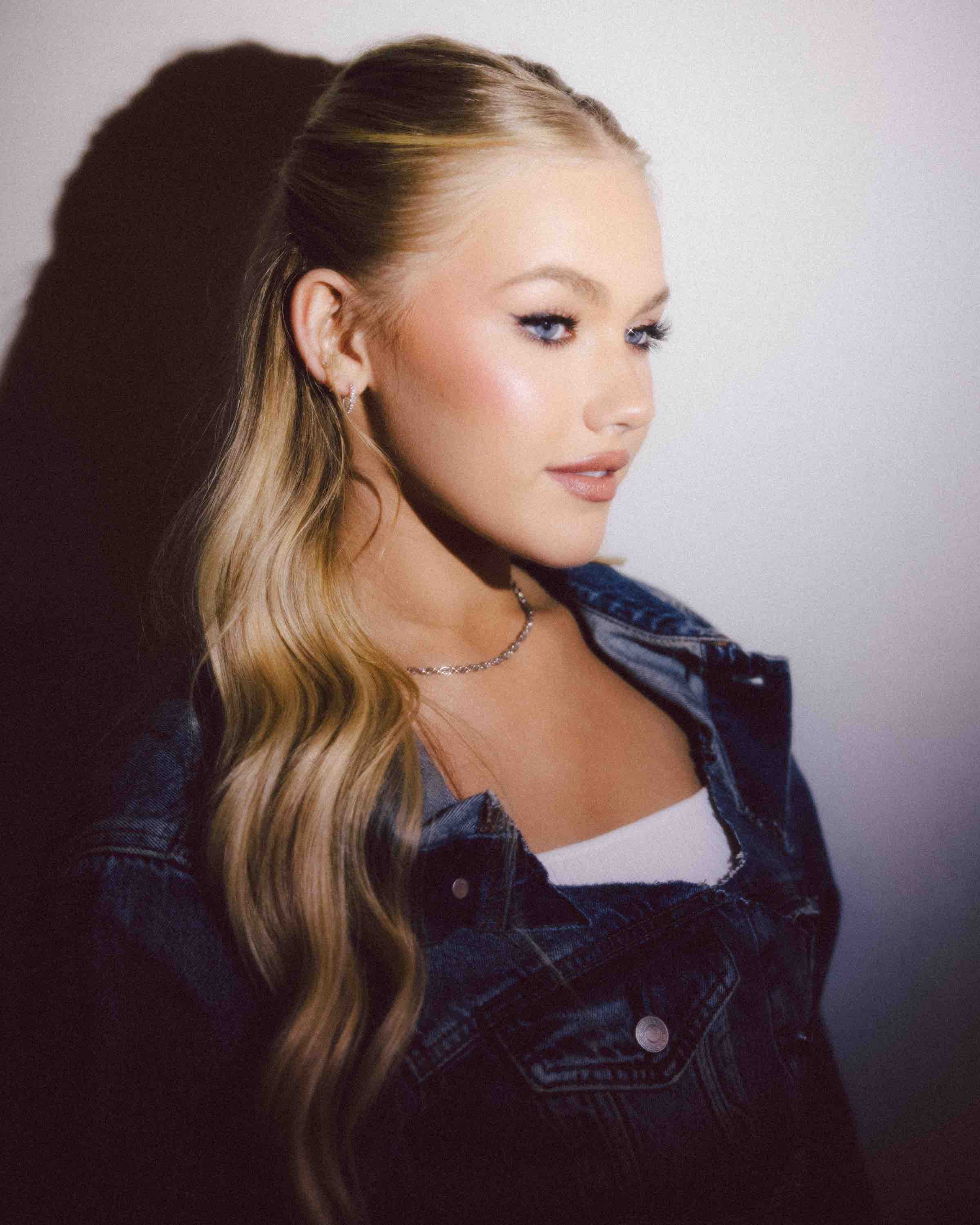
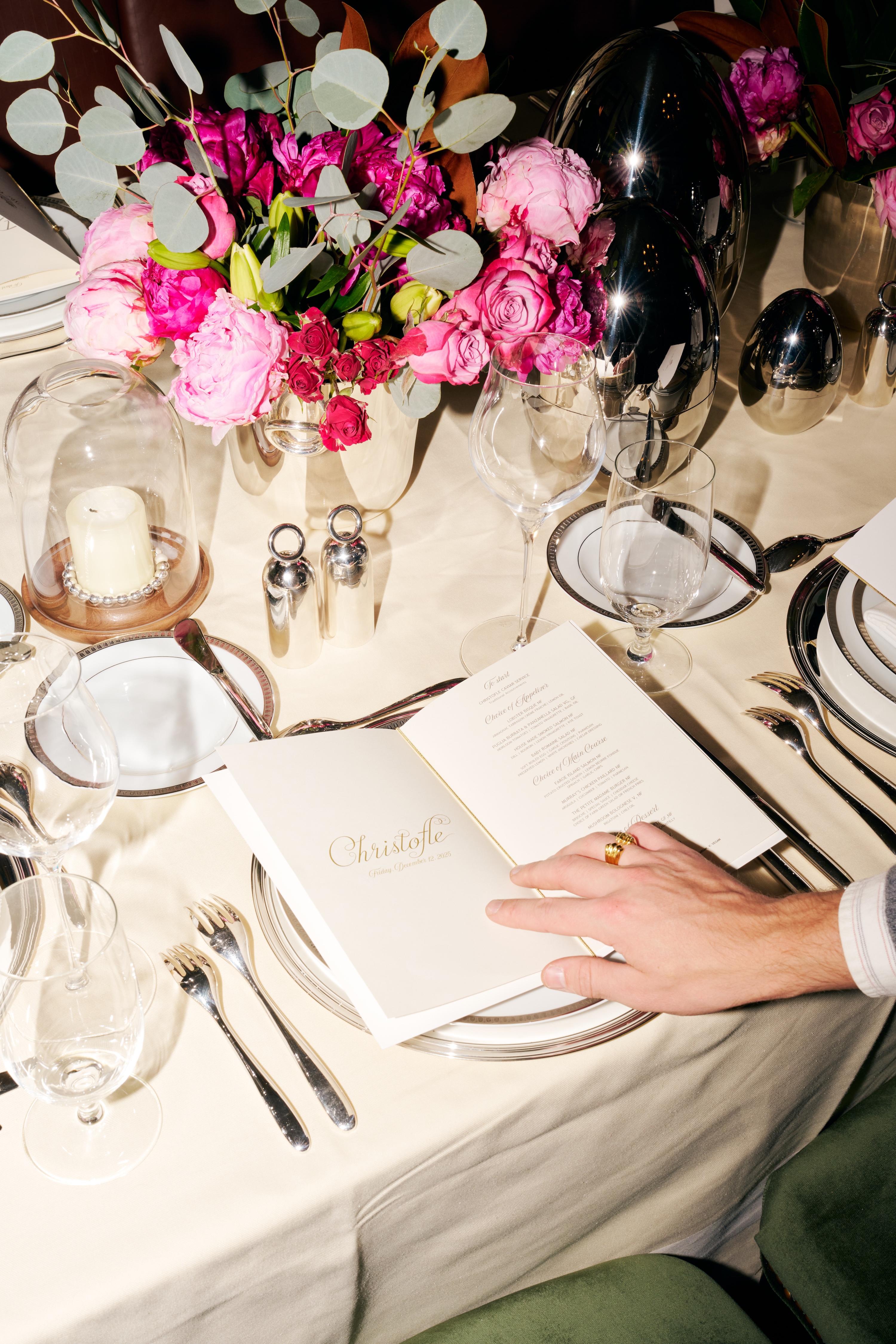

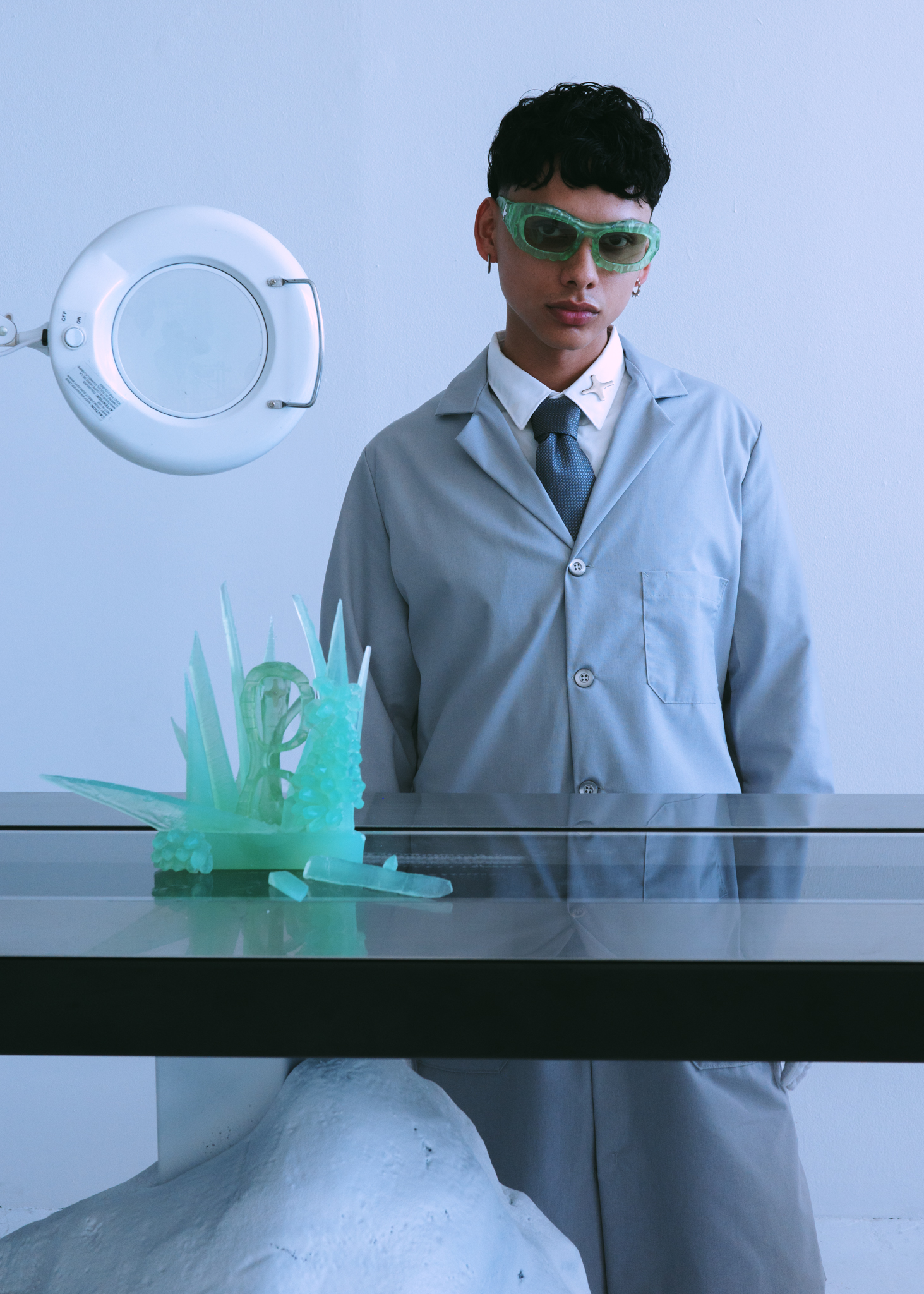
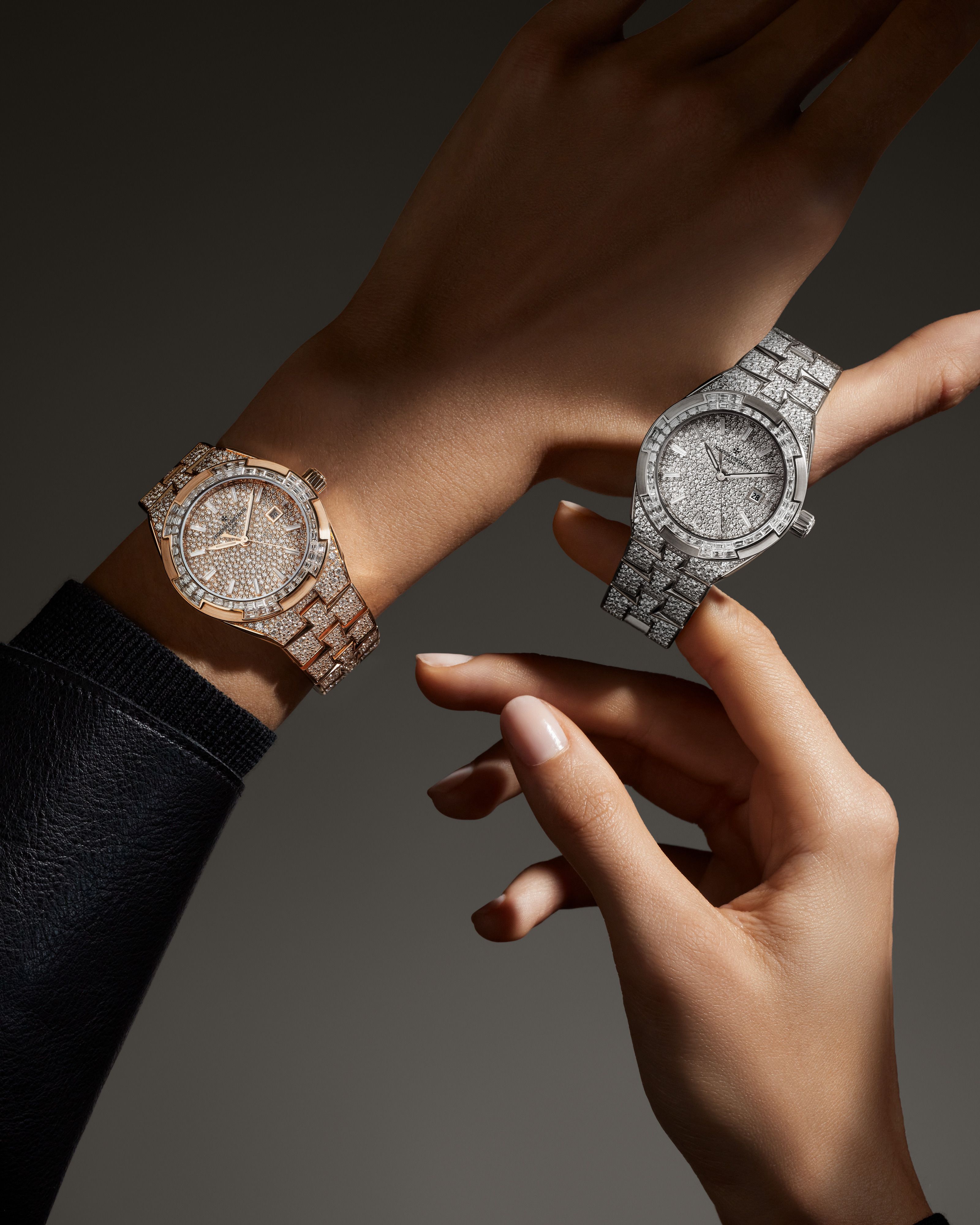

.JPG)
.jpg)
